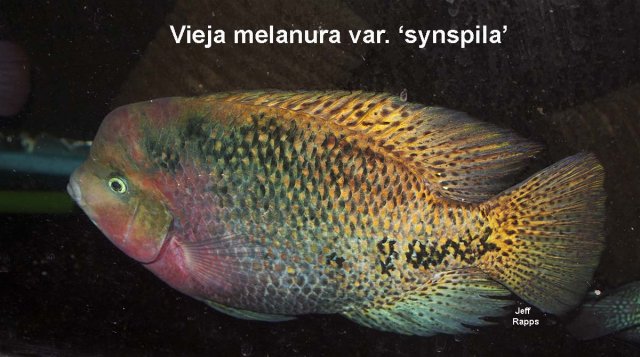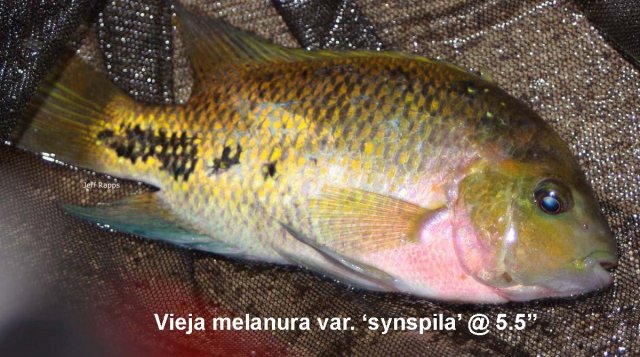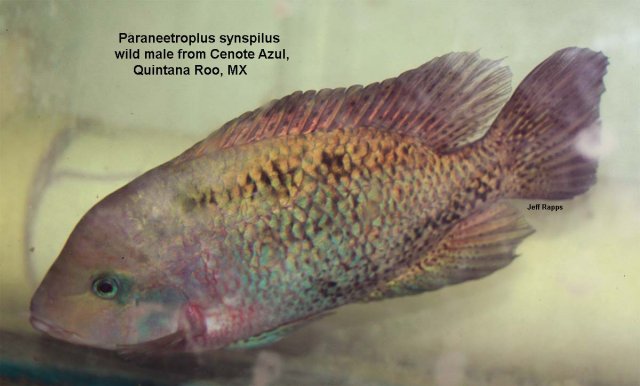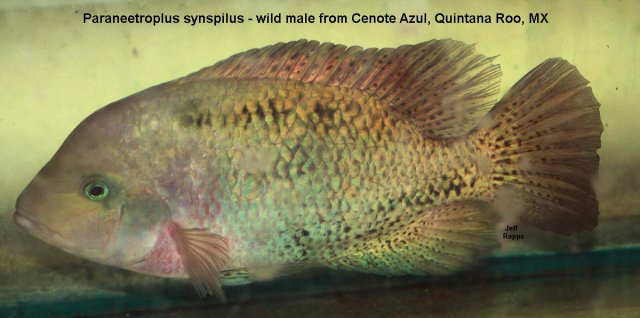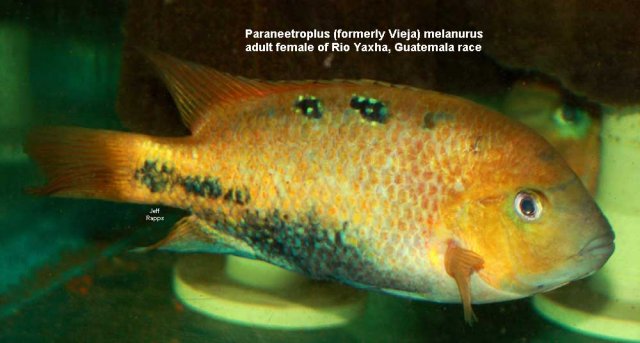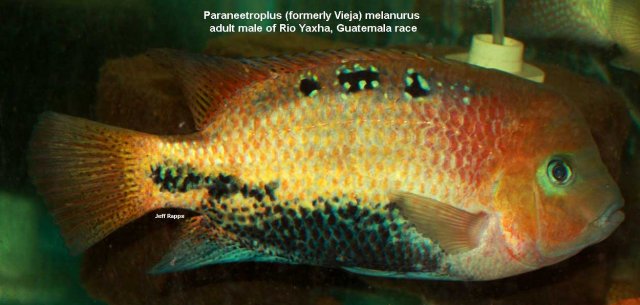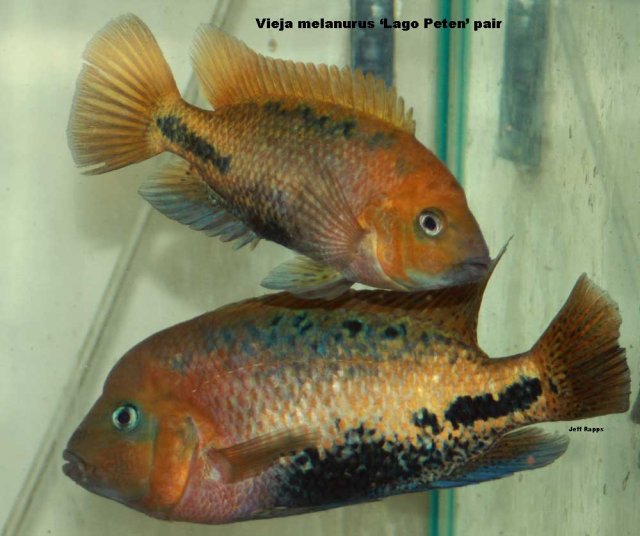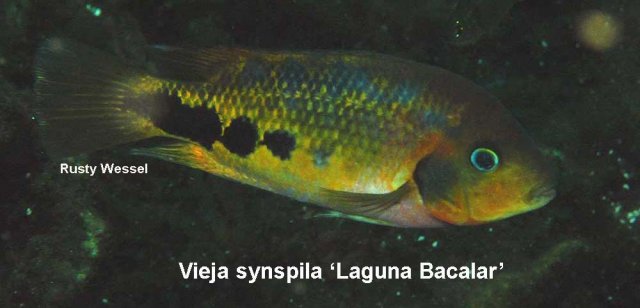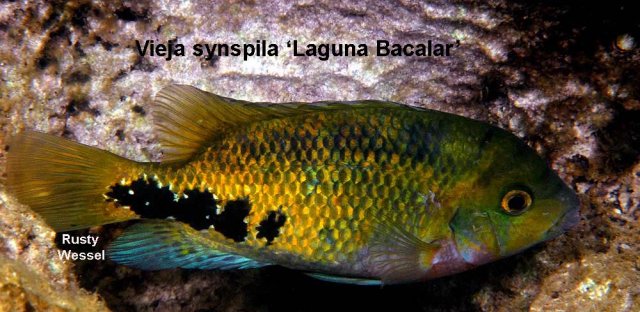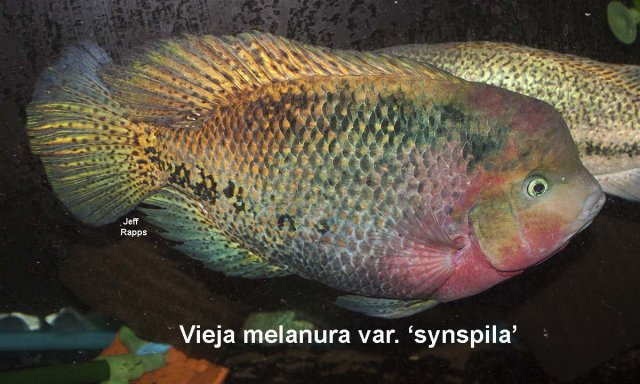Common names can be different from place to place, state to state, even city to city.
I remember when the pearl cichlid was Geophagus braziliensus, but from what I understand, in Australia its a Satanoperca, or in other places it refers to what aquarists call the Texas cichlid, that in some places in Texas, are called the Rio Grand perch.
Quetzal and Red head are both names for the same fish, unless you also want to call bifasciatus a red head,(because it has a red head, and is sometimes called that).
Sometimes importers will give a fish a different name, they think is more appealing, and sell better. Sometimes they don't know in San Fransisco its called a quetzal and at the same time called a red head in Providence.
Here in the jungle where I live, Red Snapper is called Pargo, but its still red snapper in my mind, even when its deranged from foraging too long in the hot sun.

Lucky for me, a banana is still a banana, or is it a plantano, or plantain.

Sorry for the derail, its getting hot, sunstoke is setting in, and the sanctity of the pool is calling, or is it the undertaker and the vultures (AKA zopilotes in Costa Rica).



but wait, I've found a tasty morsel for lunch.

I remember when the pearl cichlid was Geophagus braziliensus, but from what I understand, in Australia its a Satanoperca, or in other places it refers to what aquarists call the Texas cichlid, that in some places in Texas, are called the Rio Grand perch.
Quetzal and Red head are both names for the same fish, unless you also want to call bifasciatus a red head,(because it has a red head, and is sometimes called that).
Sometimes importers will give a fish a different name, they think is more appealing, and sell better. Sometimes they don't know in San Fransisco its called a quetzal and at the same time called a red head in Providence.
Here in the jungle where I live, Red Snapper is called Pargo, but its still red snapper in my mind, even when its deranged from foraging too long in the hot sun.

Lucky for me, a banana is still a banana, or is it a plantano, or plantain.

Sorry for the derail, its getting hot, sunstoke is setting in, and the sanctity of the pool is calling, or is it the undertaker and the vultures (AKA zopilotes in Costa Rica).



but wait, I've found a tasty morsel for lunch.

Last edited:










